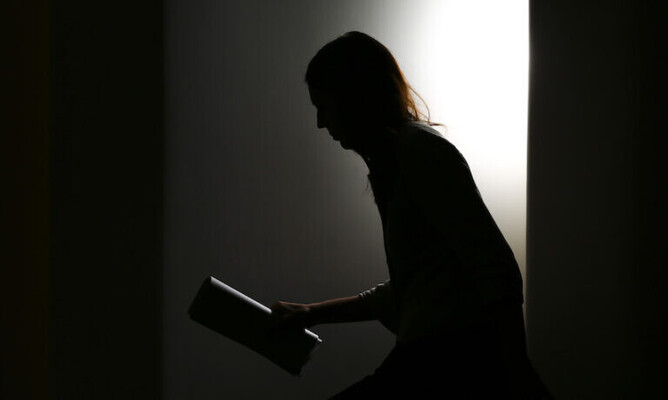Where is the ‘other’ Treaty partner in this pandemic response, asks public health expert Rhys Jones.
Looking at the outward face of the Covid-19 pandemic response in Aotearoa/New Zealand, you’d be forgiven for wondering where one of the Treaty partners is.
No matter where you look – cabinet, those delivering official communications, experts informing the government response, submitters at the special parliamentary select committee or the go-to voices in the media – the partnership appears to be pretty lopsided.
If there has been genuine Māori engagement in any of these spheres, it’s been invisible to those of us looking in from the outside. Iwi, hapū, Māori experts and community leaders have been excluded from core decision-making processes. Those who stand to lose most from the pandemic and its associated social and economic impacts have had to fight for even a marginal voice.
It is not surprising that decision making at the highest level has been dominated by the Crown. Without a pre-existing Tiriti-based constitution, the New Zealand government doesn’t have established mechanisms for enacting partnership at this level. Rectifying this will be a long-term endeavour, not something that can be sorted in the middle of a global public health crisis.
Yet there has also been a lack of Treaty compliance in many other aspects of the pandemic response. The Ministry of Health, as the government’s lead agency, has clearly failed to fulfil its Treaty obligations. Its Māori health directorate has apparently been absent from core decisions, contributing only at the peripheries. External Māori health equity expertise has largely been ignored.
Read the full article: https://thespinoff.co.nz/atea/...




